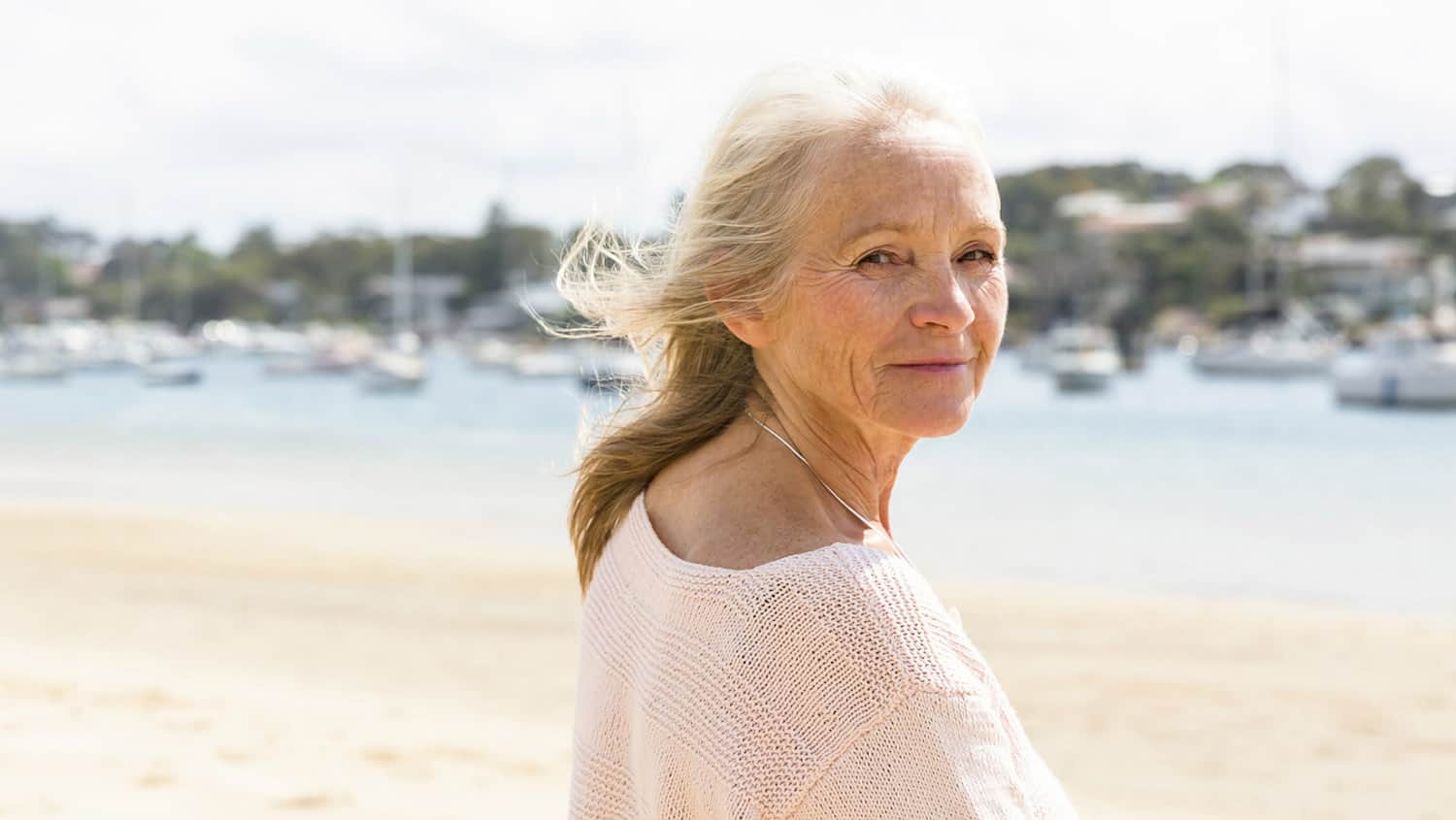
3 Tips for Recovering from a Fall and Finding Your Confidence Again
Winter truly is a beautiful season! White fresh snow covers the ground and the sun glistens on icicles hanging on tree branches and windows. And there is nothing quite like curling up with a cup of tea and a warm blanket to peer out at the wintry scene.
For some, it is a time for sledding, skating or even skiing. Personally, I’ve always taken the most passive approach to winter: Admiring its beauty – from the comforts of a heated home – to venture out when I’ve run out of necessary provisions such as chocolate or wine, only to quickly return home and resume my position on the couch.
For all of its striking natural beauty, there is a more serious side of winter many of us dread such as the slick roads, slippery walkways, treacherous stairs and the ice-paved parking lots. This time of year, we become a bit more cautious as we slow our pace and shuffle our walk in hopes we can avoid a horrible – and rather public – fall.
We are all susceptible to falls. For people living in the North, icy conditions are a familiar part of the season. Regardless what season it is or where you’re living, a fall could leave you feeling embarrassed, hurt or timid to get back up.
Although falls may be inevitable, they shouldn’t scare us into submission. Keeping the following three tips in mind could help you stand tall after the next fall.
Recovering from a Fall: Take a Moment to Assess the Situation
If you have fallen, you know that the experience can leave you in a state of shock. This response is typical; it stops us from bouncing right back up, which has the potential to injure ourselves further. We need this moment to gather our senses and to assess the seriousness of the situation.
In the chaos of the moment, however, particularly when we are out and about, our initial shock is most likely coupled with a public response. Our companions and passersby will stop to lend a hand. It has been my experience that although this response is from a place of goodwill, the gathered crowd and the constant questions about your well-being create even more confusion.
Tip #1: Take a moment to calm your nerves before addressing those around you. Sit for a moment taking deep breaths and allow your body to get over the shock. We may not even know the true extent of our injuries until the shock wears off. And when you feel ready, choose to accept or decline the aid offered by those around you.
Getting Back Up and Trying Again
It is natural to become more careful and nervous while walking or during our regular routines after a tumble. We may even want to avoid the activities we were doing when the fall occurred…not for lack of interest but rather out of fear we could fall again.
But much like all things we avoid, our fears or worries will only magnify over time. Anxiety is self-sustaining, and it is often our thoughts and worries that stop us from pursuing the things we fear. However, if we never give ourselves the chance to address our anxieties, we will never prove to ourselves that we can overcome them.
Tip # 2: Assume your normal routine. This is one of the fastest ways to regain confidence in your abilities. If you don’t know if you can do this on your own, seek the support of those around you. A good way to do this is to vocalize concerns of a reoccurring incident to those closest to us. Not only does this give us moral support, but our friends become a soundboard so that we can hear our fears aloud, which may help in acknowledging them.
Reframe the Conversation
Maybe even worse than the physical injuries themselves is the sudden ever-cautious and watchful eyes of those around us. As is often the case after a fall, statements like “Be careful” when mentioning going out to the store, or, “Are you sure? Why don’t you let me do that for you instead” become a part of each conversation.
Undoubtedly others’ concern for our well-being comes from a place of sincere good will, but how much of this do we internalize? Have you ever caught yourself saying things like, “I’m just clumsy” or “I should pay more attention to where I am going”? These statements may feel harmless, but they also suggest that falling is somehow our fault.
If we created our public spaces with the needs of older adults in mind, it is feasible we all could continue to live independently in our communities without having to worry about the many obstacles that cause us to fall.
Tip #3: Reframe the conversation. Particularly when we fall in our community, identify the source of the fall. Was the curb not painted, so that we could more clearly notice the step? Was there no handrail present along the sidewalk? These are important details that we should bring into the conversation to shift the blame from ourselves and instead discuss the redesign of our communities. These changes will allow people – no matter what age – to feel both safe and secure.
And remember. Whether you’ve fallen, are afraid you might fall or know someone who is fearful, falling does not have to redefine who you are. Nor should it stop you from doing the things you love.
Have you had to recover from a fall? Did that fall stop you from doing the things you love? How did you respond and stand tall again? Is anyone you know recovering from a fall? We look forward to your thoughts and comments.
Tags Healthy Aging






